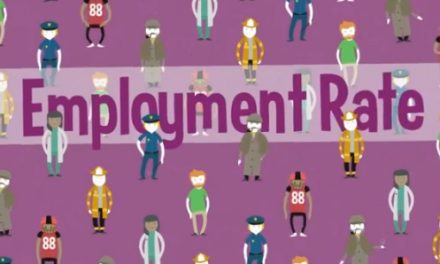As every seasoned real estate agent knows, certain demographics and neighborhoods simply have higher homeownership turnover rates than others. For instance, fewer residents move in and out of long-established neighborhoods each year than, say, a college town.
Beyond the very obvious examples, how can agents find out their local turnover rate?
The U.S. Census tells us that nationwide 6% of owner-occupants and 30% of renters moved during the past year. How does California compare?
first tuesday insight
15% of Californians have moved within just the past year, according to the U.S. Census. This breaks down to 7% of owner-occupants and 26% of renters changing residence this past year. Thus, California has a slightly higher percentage of owners moving than the nation’s average, but a lower percentage of renters who move each year.
County turnover rates vary even more for those who have moved within the past year:
- Alameda: 6% of owner-occupants and 26% of renters;
- Contra Costa: 7% of owner-occupants and 31% of renters;
- Fresno: 6% of owner-occupants and 29% of renters;
- Los Angeles: 6% of owner-occupants and 21% of renters;
- Riverside: 9% of owner-occupants and 32% of renters;
- Sacramento: 9% of owner-occupants and 33% of renters;
- San Diego: 6% of owner-occupants and 24% of renters; and
- San Francisco: 6% of owner-occupants and 22% of renters.
Turnover rates were highest during the Millennium Boom and declined to their current levels during the recession.
Agent advice
Find this mobility information for your own county or even zip code. Visit the American Fact Finder, produced by the U.S. Census Bureau.
If your area has a low turnover rate, consider focusing your marketing campaigns in the next town over. Especially in densely populated areas like Southern California, commuting for your business can be well worth it.
Of course, searching for a higher turnover rate may not always be worth your time. For example, moving your business from San Diego to Riverside, which has a much higher turnover rate, may not actually produce more fees collectable by the agent.
This is because Riverside’s home prices are generally much lower than San Diego’s. Therefore, an agent will receive the same dollar value in fees by completing fewer transactions in San Diego than in Riverside’s lower-priced housing market.
Do the math by comparing pricing and turnover rates. Regional home prices can be found in the charts below. Or, if more localized information is needed, compare listing prices for your locale in your multiple listing service (MLS).
Related article:
Re: In This Pocket of New York, No One Stays for Long from The New York Times















Great article! I know this information is somewhat dated but do you have the ability to share the raw data you have referenced from the Census? It would be helpful for my research but I can’t find tenancy/ mobility/ turnover anywhere on the Fact Finder site. Thanks!